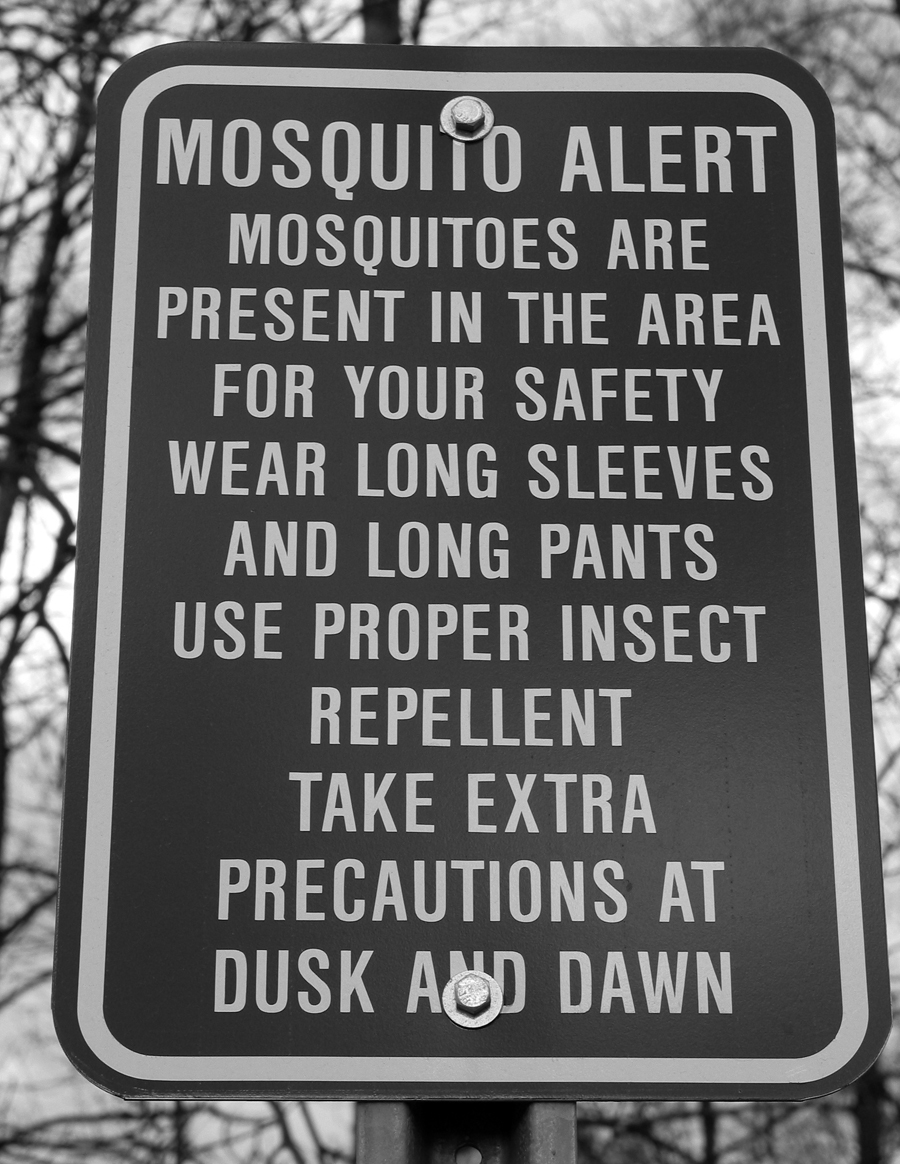Bird Barrier, How Does It Work?
Updated: 2012-02-29 19:03:18
Video explaining how bird barrier works.
 (Beyond Pesticides, February 29, 2012) Bees are in trouble –in large part because of pesticides– and policymakers just aren’t acting quickly enough to help them. But backyard gardeners, sideline beekeepers, and ordinary people all over the country have been stepping up. Beyond Pesticides and Pesticide Action Network North America have launched HoneyBeeHaven.org, a site where [...]
(Beyond Pesticides, February 29, 2012) Bees are in trouble –in large part because of pesticides– and policymakers just aren’t acting quickly enough to help them. But backyard gardeners, sideline beekeepers, and ordinary people all over the country have been stepping up. Beyond Pesticides and Pesticide Action Network North America have launched HoneyBeeHaven.org, a site where [...] As the House Budget Committee prepares its FY2013 budget proposal in the coming weeks, its worth remembering that last year’s GOP House budget proposal contained a total of $178 billion in cuts to agricultural programs over 10 years. Although $30 billion is often cited as the benchmark from last year’s outline, that amount was only [...]
As the House Budget Committee prepares its FY2013 budget proposal in the coming weeks, its worth remembering that last year’s GOP House budget proposal contained a total of $178 billion in cuts to agricultural programs over 10 years. Although $30 billion is often cited as the benchmark from last year’s outline, that amount was only [...] (Beyond Pesticides, February 17, 2011) Beyond Pesticides is urging the U.S. Environmental Protection Agency (EPA), during a public comment period (closing February 23) on its review of the neonicotinoid pesticide, clothianidin, to take swift action to cancel the chemical’s registration. Groups are joining together with comments to EPA, citing the extensive science that shows clothianidin’s [...]
(Beyond Pesticides, February 17, 2011) Beyond Pesticides is urging the U.S. Environmental Protection Agency (EPA), during a public comment period (closing February 23) on its review of the neonicotinoid pesticide, clothianidin, to take swift action to cancel the chemical’s registration. Groups are joining together with comments to EPA, citing the extensive science that shows clothianidin’s [...] (Beyond Pesticides, February 15, 2012) California mosquito control agencies are charging that new NPDES permitting regulations would eliminate West Nile virus fogging and jeopardize public health. In response, the state of California has proposed to scale-back pesticide regulations, easing rules on fumigating adult mosquitoes. This is in spite of the high risk for further degradation [...]
(Beyond Pesticides, February 15, 2012) California mosquito control agencies are charging that new NPDES permitting regulations would eliminate West Nile virus fogging and jeopardize public health. In response, the state of California has proposed to scale-back pesticide regulations, easing rules on fumigating adult mosquitoes. This is in spite of the high risk for further degradation [...]